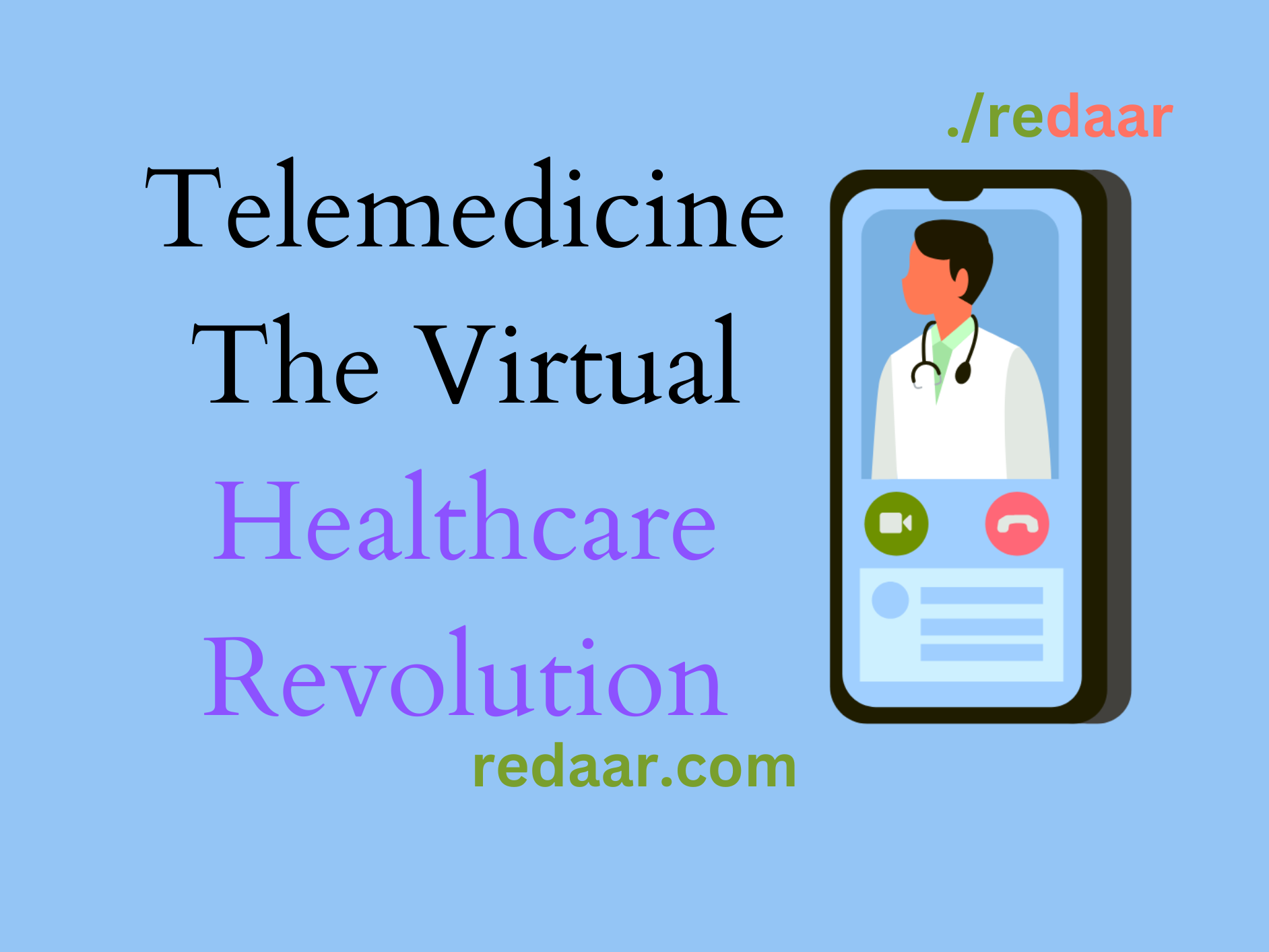In many industries, including healthcare, transformational developments have been made possible by the quick development of technology. The delivery of healthcare is being revolutionized by the use of telemedicine, which uses communications technology to offer remote medical treatments and consultations.
The idea of telemedicine is examined in this article, along with its advantages and disadvantages, effects on patient care, and contribution to the development of healthcare delivery in the future.
The Evolution of Telemedicine
The idea of telemedicine is not new; it dates back to the late 19th century, when the first medical consultations over the phone were conducted. Telemedicine has reached new heights thanks to the convergence of contemporary communication technologies, including the internet, video conferencing, and mobile devices.
Telemedicine has developed over the past few decades from basic phone consultations to comprehensive virtual healthcare platforms that permit real-time video consultations, patient monitoring from a distance, integration with electronic health records (EHR), and even remote surgical procedures using robotics and cutting-edge imaging technologies.
Benefits of Telemedicine
Telemedicine has brought in a revolution in the healthcare industry by offering the following benefits.
Increased Accessibility: Patients in remote or underserved locations can now obtain healthcare services and specialists without having to travel since telemedicine eliminates geographic constraints.
Convenience and Flexibility: Patients no longer need to make time-consuming excursions to medical facilities in order to receive consultations and follow-ups from the convenience of their homes.
Reduced Wait Times: Telemedicine frees up waiting rooms and shortens wait times for appointments so that patients can receive care right away.
Cost Savings: With in-person appointments, patients spend less on transportation, parking, and lost workdays. Telemedicine can save healthcare organizations money by lowering unnecessary ER visits and hospital readmissions.
Continuity of Care: In order to ensure a coordinated approach to patient treatment, telemedicine enables continuous communication between primary care doctors, specialists, and patients.
Chronic Disease Management: Telemedicine enables ongoing remote monitoring of patients with chronic diseases, allowing medical professionals to take immediate action in the event of any worrying developments.
Mental Health Support: Through the use of telepsychiatry and online counseling services, people can obtain therapy and support for their mental health in the comfort of their own homes.
Challenges and Considerations
Despite greater benefits, Telemedicine also has several challenges:
Digital Divide: Some people, especially those in rural or low-income areas, may find it difficult to take advantage of telemedicine due to unequal access to technology and dependable internet connectivity.
Privacy and Security: The protection of patient information and adherence to laws governing the privacy of health information, such as HIPAA in the US, are critical considerations in telemedicine.
Diagnostic Limitations: A physical examination, diagnostic test, or operation may be necessary for some medical disorders, and they cannot be properly handled through online consultations.
Licensing and Regulation: Patients and providers in telemedicine frequently come from various states or countries, which raises questions about medical license and regulatory compliance.
Technological Barriers: Patients and medical professionals may encounter difficulties as a result of technical difficulties, connectivity problems, and a lack of experience with telemedicine systems.
Impact on Patient Care
Telemedicine has had a huge impact on the patient care:
Emergency Care: Making crucial judgments in time-sensitive situations is made possible through telemedicine, which facilitates prompt consultations between emergency medical staff and distant doctors.
Pediatric Care: Without having to leave the house, parents can seek medical advice for their kids’ illnesses or injuries, reducing their exposure to other dangerous viruses.
Geriatric Care: Regular virtual check-ins with healthcare professionals can help elderly people, who frequently have limited mobility, manage their medications and keep tabs on chronic diseases.
Follow-Up Care: Virtual follow-up consultations are available for patients recovering from surgery or hospitalization, lowering the chance of hospital-acquired infections.
Preventive Care: Telemedicine promotes proactive participation in healthcare by allowing patients to consult a doctor for mild symptoms before they worsen.
Telemedicine Beyond Consultations
Telemedicine has reached beyond virtual consultations:
Remote Patient Monitoring: Healthcare professionals can remotely monitor patients’ vital signs, medication compliance, and disease progression thanks to wearable technology and sensors.
Telediagnosis and Teledermatology: By examining medical photos and data given by patients, doctors can identify and treat diseases.
Telepharmacy: Through virtual channels, pharmacists offer medication counseling, examine prescriptions, and respond to questions about medications.
Teletherapy and Counseling: Through video conferencing, mental health specialists provide therapy and counseling services to patients, assuring ongoing support.
Medical Education and Training: Healthcare practitioners can participate in conferences, training, and education remotely thanks to telemedicine.
Future Trends and Possibilities
The future of telemedicine holds exciting possibilities:
Artificial Intelligence (AI) Integration: AI-powered algorithms can help with medical imaging diagnosis and make individualized therapy recommendations.
Virtual Reality (VR) Applications: Immersive medical instruction, surgical simulations, and even virtual consultations are all possible with VR technology.
Home Healthcare Kits: Diagnostic test kits can be sent to patients’ homes, allowing medical professionals to remotely monitor their health.
Healthcare Chatbots: AI Chatbots can help patients with questions about their health, make appointments, and remember to take their medications.
Global Health Outreach: Globally underserved areas can benefit greatly from the extension of medical knowledge through telemedicine.
The healthcare revolution led by telemedicine, is revolutionizing how people access, receive, and experience medical care. Telemedicine solves issues in healthcare delivery and improves patient outcomes through enhancing accessibility, convenience, and new applications.
The ongoing integration of telemedicine into traditional healthcare systems holds out the promise of a future where access to high-quality medical care is just a click away, empowering people to take control of their health and well-being, regardless of time or location, even in the face of ongoing challenges like digital disparities and regulatory complexities.
Keep following us to read more revolutionary articles.

